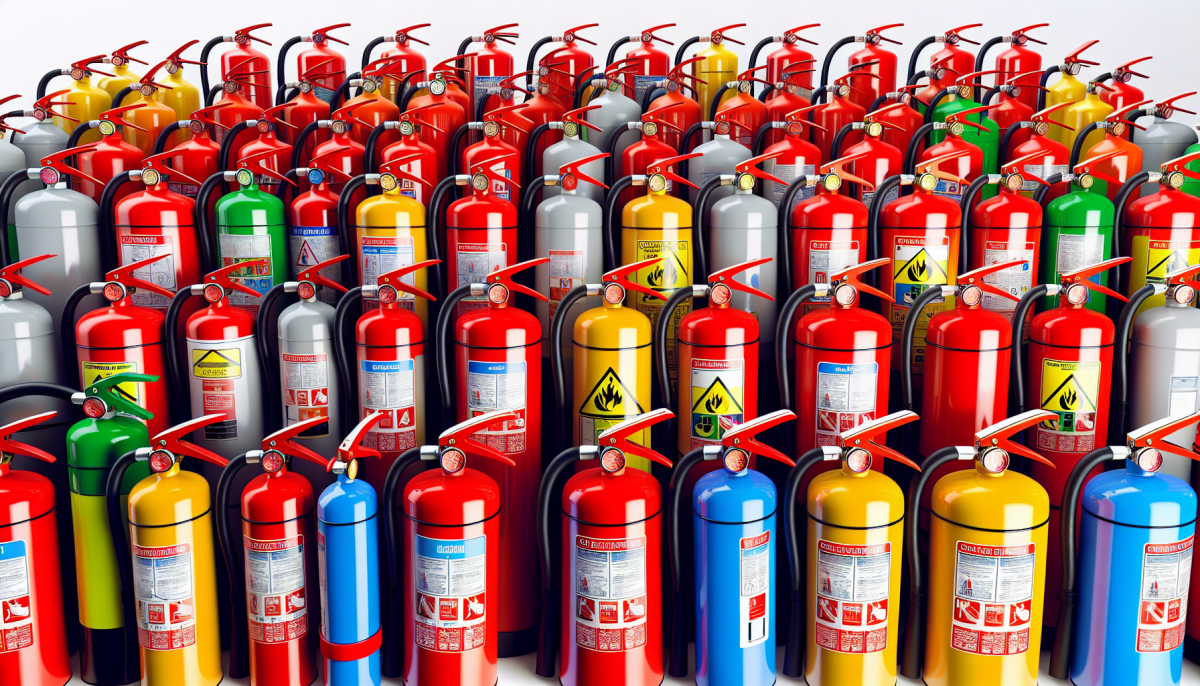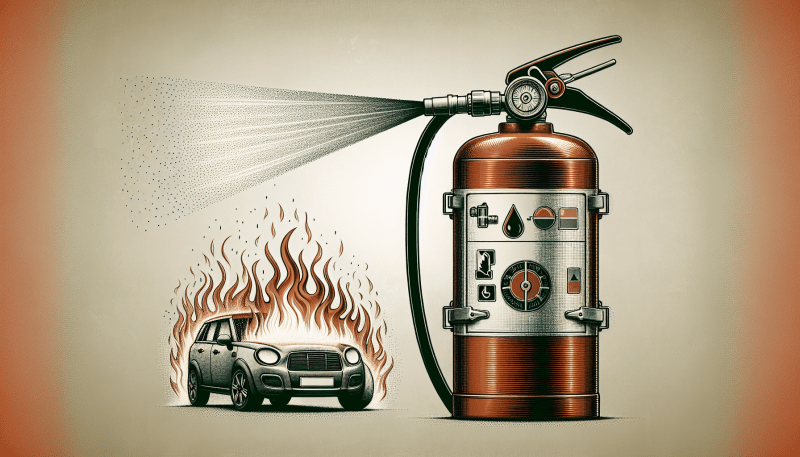Choosing the right fire extinguisher can feel overwhelming, but it doesn't have to be. The first step is to understand the different types of fire extinguishers available. Fire extinguishers are labeled according to the types of fires they can safely put out, which makes it easier to pick the right one for your situation.
Here’s a quick breakdown:
Next, consider where you'll be using the fire extinguisher. If it’s for home use, a multi-purpose extinguisher (such as Class A, B, and C) is often the best bet. It covers a wide range of potential fires, making it a versatile choice for families. For kitchens, a Class K extinguisher is essential if you regularly fry foods.
Lastly, think about the size and weight of the fire extinguisher. You want something that’s easy to handle, especially in a stressful situation. Most household extinguishers come in sizes between 2 to 5 pounds, which are manageable for most adults. Make sure to check the pressure gauge regularly to ensure it’s fully charged, and don’t forget to familiarize everyone in your home with its location and how to use it!
Types of Fire Extinguishers Explained
When it comes to keeping your home or workspace safe, knowing the different types of fire extinguishers is key. Each fire extinguisher is designed for specific types of fires, and picking the right one can make a big difference in an emergency. Let's break down the main types you'll commonly find.
1. Water Fire Extinguishers (Class A): These are your go-to for ordinary combustibles like wood, paper, and cloth. They simply cool the fire down, making it safe to tackle materials that set ablaze easily.
2. Foam Fire Extinguishers (Class A and B): This type is versatile! It works well on Class A fires, plus it’s effective on flammable liquids like petrol and oils (Class B). It smothers the fire, stopping it from spreading.
3. Dry Powder Fire Extinguishers (Class A, B, and C): Super handy because they fight a range of fires—from solids to liquids and even gases. They work by coating the fuel, cutting off oxygen, and stopping the fire from growing.
4. CO2 Fire Extinguishers (Class B and Electrical): Ideal for electrical fires and flammable liquids. They dispel carbon dioxide to suffocate the fire without leaving any residue, which is great for sensitive areas like offices.
5. Wet Chemical Fire Extinguishers (Class F): Perfect for kitchens where you might deal with cooking oils and fats. They work by turning burning fats into a soap-like substance, which helps to cool and eliminate the fire safely.
Key Features to Consider When Buying
When you're on the hunt for a fire extinguisher, there are a few key features you should keep in mind to make sure you’re picking the right one for your needs. Understanding these features can help you feel more confident in your purchase and ensure you have the right protection in place.
1. Type of Fire Extinguisher: Not all fire extinguishers are created equal! They come in different types, each designed for specific fire classes. For instance:
Make sure to choose the right type for the most common risks in your home or workplace.
2. Size and Weight: Fire extinguishers come in various sizes. Think about where you’ll store it and how easy it will be for you to grab during an emergency. A lighter extinguisher might be easier to handle, but ensure it’s still effective for the potential fire hazards you face.
3. Usage and Labels: Check the label for ease of use. Many fire extinguishers come with clear instructions and color coding that can help you understand how to operate them quickly. Some even have easy-to-read gauges to show you if they’re fully charged!
4. Maintenance and Longevity: Look for models that are easy to maintain and reservice. Many extinguishers need to be inspected or recharged after use, so finding one with a good warranty and clear maintenance guidelines will save you time and hassle in the long run.
Maintaining Your Fire Extinguisher Effectively
Keeping your fire extinguisher in top shape is key to ensuring it's ready when you need it. First things first, check the pressure gauge. Most fire extinguishers have a gauge that shows you if it's in the “green” zone, meaning it's charged and ready. If it’s pointing to red, it’s time for a refill or replacement.
Next, give your fire extinguisher a visual once-over. Look for any signs of damage like dents, rust, or corrosion. Even a small crack can make an extinguisher less effective when you really need it. If anything looks off, don’t hesitate to reach out to a professional for a check-up.
Location matters too! Make sure your fire extinguisher is easy to access and mounted securely. It’s best to place it near exits or where fires are more likely, like kitchens. Also, make a habit of checking it every month to ensure it's still in good condition and hasn’t slipped behind a piece of furniture.
Finally, remember to get your fire extinguisher serviced annually. This is a great way to ensure everything is functioning properly. It might feel like a chore, but it's a small step that can make a big difference in fire safety! Just stay on top of these simple tasks, and your fire extinguisher will be ready to protect you and your loved ones.



